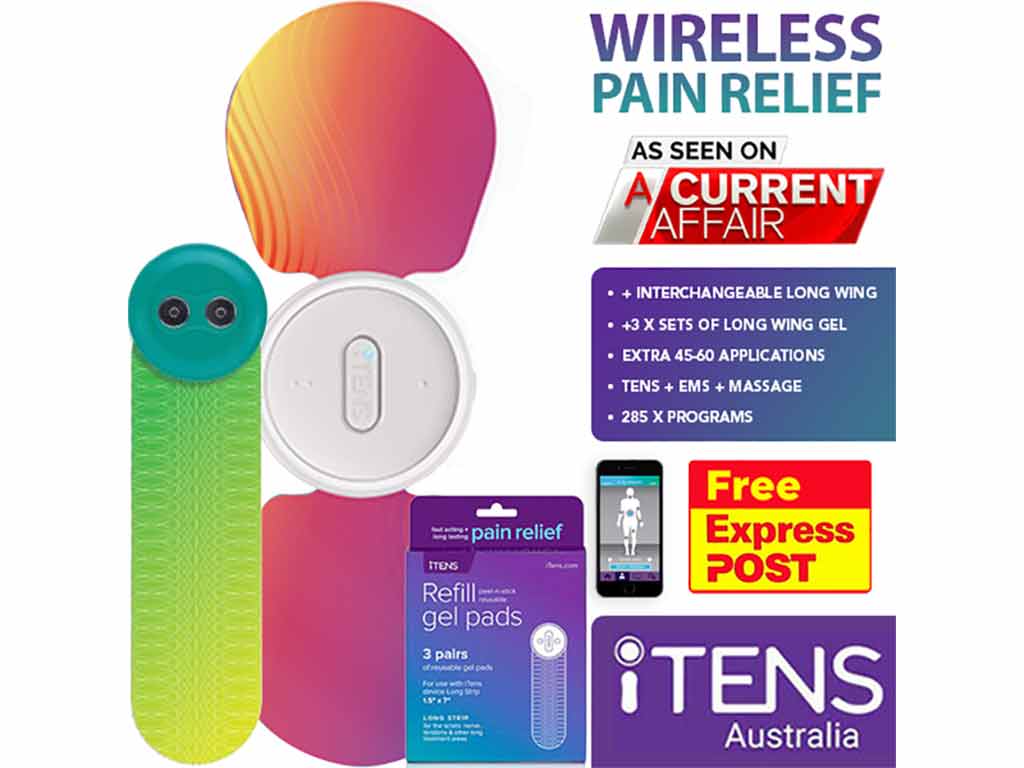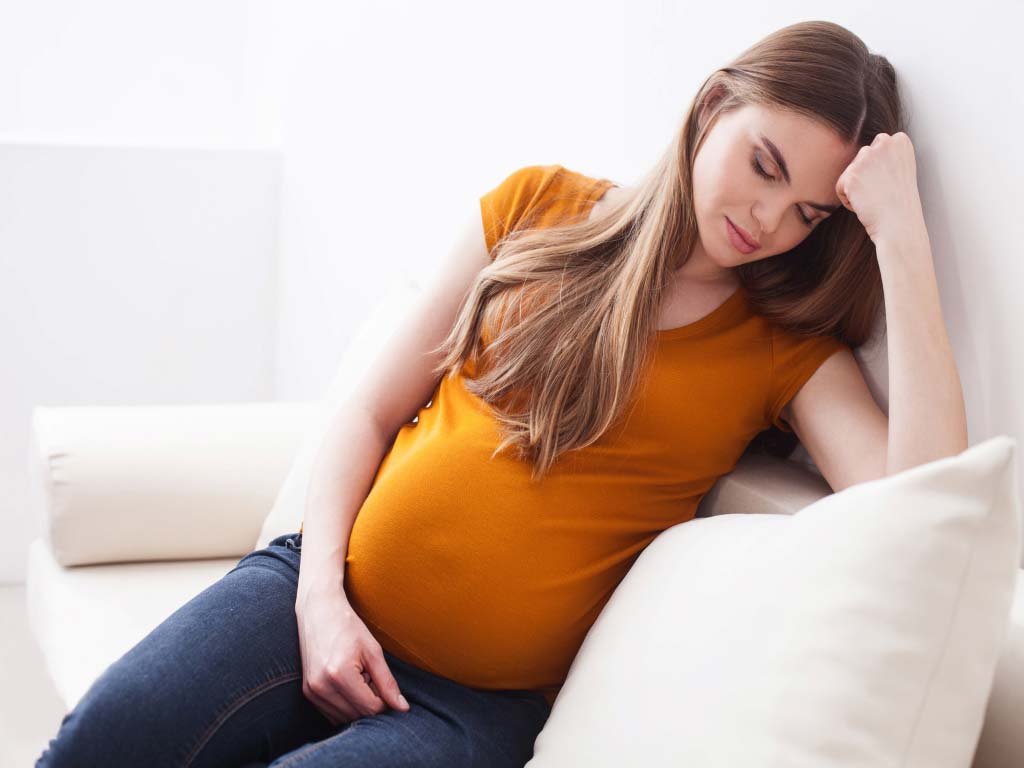
As a woman enters the final stages of pregnancy, the anticipation of childbirth can bring both excitement and anxiety. Preparing for labour can be a challenging experience, which often includes managing pain. Fortunately, advancements in technology have provided expectant mothers with various methods of pain relief. One option is a Transcutaneous Electrical Nerve Stimulation (TENS) machine. A TENS machine for labour is a non-invasive and drug-free approach. It helps improve the well-being of pregnant women who want natural pain management.
Labour pain occurs as the uterus contracts to help push the baby out. It is often characterised as intense cramping in the abdomen and lower back. Therefore, many women consider a TENS device as a drug-free alternative for pain relief. It can be an effective tool without the risk of adverse side effects. In this guide, we will delve into the background and uses of TENS machines and how they can improve the quality of life for pregnant women.
Jump to a Section in This Ultimate Guide:
- What Is a TENS Machine for Labour?
- History of Usage of TENS Machine for Labour
- Advantages of Using a TENS Machine for Labour Pain Over Other Methods
- How Do TENS Machines for Labour Pain Work?
- Types of TENS Machines for Labour Pain Relief
- How to Use a TENS Machine for Labour Pain During Pregnancy
- Understanding the Settings of a TENS Machine for Labour
- Placing the Electrodes When Using TENS Machines for Labour Pain Relief
- Safety Considerations When Using a TENS Machine for Labour During Pregnancy
- Buying or Hiring a TENS Machine for Labour Pain Relief?
What Is a TENS Machine for Labour?
A TENS machine for labour is a portable, battery-operated device that uses low-voltage electrical currents to relieve pain. It delivers the electrical impulses through electrodes placed on the skin. These impulses stimulate the nerves to reduce pain signals to the brain. Moreover, it allows modification of settings to give women a sense of control over their pain relief.
TENS devices allow users to control the frequency, duration, and intensity of the pulses according to their comfort level. Furthermore, they can provide targeted relief through electrode placement. Thus, more women favour using TENS machines to avoid or minimise the use of pharmacological pain options. Accordingly, TENS can be used alongside other pain relief methods, such as relaxation exercises or massage.
While TENS therapy can be helpful for managing pain, it may not be effective for everyone. Some women may find it more effective to use multiple techniques to cope with labour pain. Hence, it is always recommended to discuss the use of TENS machines with a healthcare provider for guidance and advice.
Key Facts
- TENS therapy is a popular treatment for chronic pain, such as arthritis and sciatica. However, it can also provide relief for women in labour.
- It involves placing the electrodes on the skin, usually at the lower back.
- A TENS machine can be used alongside other techniques, providing more comprehensive pain relief.
- TENS is proven safe for use during labour. It does not have adverse effects on the mother and the baby.
- The tingling sensation from a TENS device can serve as a distraction from cramps or contractions.
- Women can adjust the intensity levels according to their needs.

History of Usage of TENS Machine for Labour
The usage of TENS machines for labour dates back several decades. It was first introduced in the 1970s as a drug-free method of pain relief for chronic pain conditions. Its application in labour pain management emerged during the time researchers were exploring non-pharmacological options. Since then, clinical trials helped establish the efficacy and safety of TENS during labour.
In the 1990s, TENS become more widely recognised as a complementary pain relief method in many healthcare settings, including labour. The growing demand for natural and drug-free birthing options has contributed to the increasing use of TENS machines. Additionally, more research continued to refine its protocols and explore its mechanisms of action.
Many women find that using a TENS machine can help them cope with contractions and stay more relaxed throughout the birthing process. It has also reduced the need for pharmacological treatments like pain medications, epidurals, and nerve blocks. Over time, it has shown promising results for reducing the pain of contractions.
Recent Developments
The first modern, wearable TENS unit can be attributed to Dr Norman Shealy, who developed the device in the 1970s. It is more portable than the first electrotherapy machines, making them more accessible to more people. Their compact design allows individuals to use it outside hospital settings. It also enables more freedom of movement during sessions.
Contemporary devices incorporate wireless or digital technologies. They also integrate with smartphone apps that can offer a wider range of personalised settings, pre-set programs, and tracking features. Moreover, it can serve multiple purposes, such as combining TENS and EMS functions in one device.

Advantages of Using a TENS Machine for Labour Pain Over Other Methods
Using a TENS machine for labour can offer several advantages for pain management over other methods. Firstly, TENS units are non-invasive and drug-free. It does not have side effects, like digestive issues, that are common with analgesics. The electrode pads stick firmly to the skin without leaving permanent marks, making TENS a safer and more comfortable option.
Secondly, TENS is a self-controlled pain relief. TENS devices are adjustable, allowing women to customise the electrical stimulation to suit their individual needs. This flexibility can be beneficial, as the intensity of contractions can vary from woman to woman. Thus, this sense of control can help reduce anxiety and make women feel more empowered.
Thirdly, TENS can provide continuous pain relief. Women can use the TENS machine at the beginning of labour and throughout the birthing process. It can provide consistent therapeutic effects without the need for repeated doses of medication. Lastly, TENS can be an adjunctive treatment with other pain management techniques. The combination of strategies can improve overall satisfaction with the birth experience.
Are There Disadvantages?
There are some considerations to keep in mind when using TENS machines for pain relief. One potential disadvantage is limited effectiveness for severe pain. Individual responses can also vary. Some may find significant pain relief with TENS, while some may not experience the same level of effectiveness.
Another drawback is it requires a learning curve. It may take some practice and a thorough understanding of the settings and functions to find optimal results. Furthermore, pad placement requires proper positioning and application. Thus, a birth partner is necessary to assist in putting the electrodes in the back area.
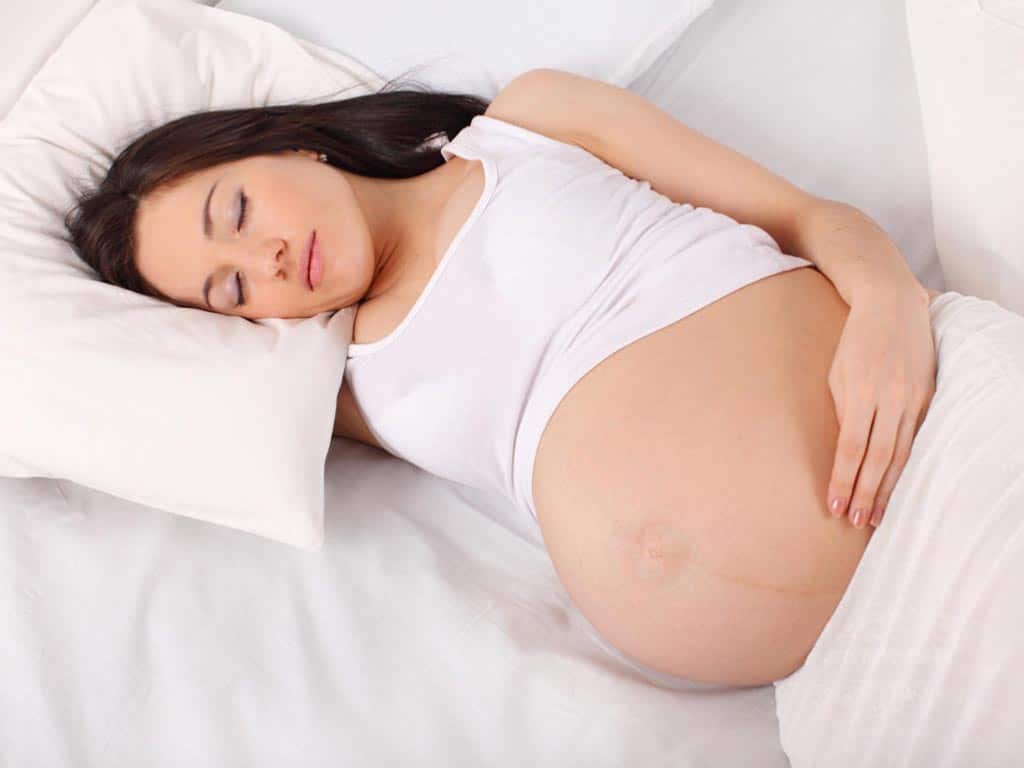
How Do TENS Machines for Labour Pain Work?
A TENS machine for labour pain works by delivering small electrical pulses to the body through electrode pads on the skin. The electrical impulses stimulate the nerve fibres that are responsible for transmitting sensory information. As a result, it blocks the pain signals from reaching the brain, reducing the perception of pain.
Another effect of the stimulation is to induce the production of endorphins. Endorphins provide additional relief and reduce stress and anxiety levels. It can help pregnant women to relax and enhance their overall well-being. Additionally, TENS can help improve blood circulation, which can promote better oxygenation and reduce muscle tension, further aiding in pain relief during labour.
Various stimulation levels can elicit different feedback from the nervous system. For example, low-frequency or acupuncture-like TENS stimulation can help with relaxation and pain relief, while high-frequency TENS can provide more immediate pain relief during contractions. By adjusting the settings on the TENS machine, women can find the right balance to manage their labour pain effectively.
The Main Theories
- Gate Control Theory of Pain: This theory states that pain signals travel through the spinal cord through nerve fibres to reach the brain. If a stronger, non-painful stimulus is applied to the body, such as electrical pulses, it can override the nerve fibres. It can close the pain gate mechanism, blocking the pain signals from reaching the brain.
- Endogenous Opioid Release: This theory proposes that mild electrical pulses can trigger the body to release natural painkillers, like endorphins. They are neurotransmitters that inhibit the nerve cells from sending pain messages to the brain. Endorphins also act as a buffer against pain signals, providing analgesic effects.
Types of TENS Machines for Labour Pain Relief
There are several types of TENS machines for labour. The most common type is the conventional TENS machine. It is a handheld unit with control buttons and wired electrode pads. The controller allows users to modify the intensity and frequency of the stimulation. It is also applicable to other conditions, such as chronic and acute pain.
The second type is the obstetric TENS machine. It is a device designed specifically for use during labour or childbirth. It has specialised features, such as a boost button and contraction timers. Pressing the boost button sends an extra surge of power during peak contractions. They may also come with accessories like a clip-on belt or neck cords.
Another type is the wireless TENS machine. It eliminates the need for cords, providing more portability. This device uses Bluetooth to connect to a smartphone app. In terms of channels, it can have single, dual, and quad channels for multiple electrode pads and more targeted pain relief. Two or more channels enable the device to deliver different levels of stimulation to multiple pain points simultaneously.
Pros and Cons of Using Each Type
Conventional and obstetric TENS units deliver stable electric currents through the wires. It minimises the loss of signal or interruption to the session. They also tend to be more affordable. However, it may limit the range of motion, especially for women who need to move around to relieve discomfort.
In contrast, wireless TENS devices offer greater mobility. Individuals can easily apply them without the restrictions of wires. It is also more convenient to control the settings through the smartphone app. Some drawbacks to consider are the potential interruption to Bluetooth connection and the higher price tag.
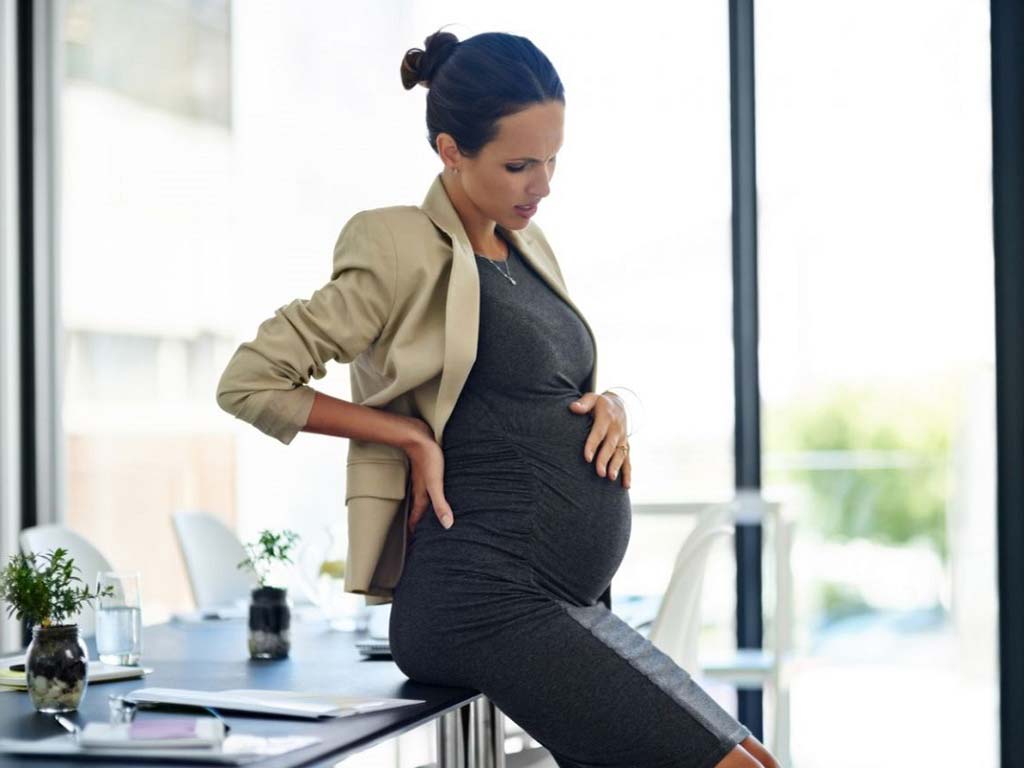
How to Use a TENS Machine for Labour Pain During Pregnancy
Using a TENS machine for labour and pregnancy involves several key steps to ensure their effectiveness and safety. Women may use it as soon as they feel the first signs of labour, such as regular contractions or back pain. The first step is the proper placement of the electrodes. Put the electrode pads on the target area and turn on the device.
Next, set the frequency and pulse duration to the desired level. It is best to start at the lowest intensity level and gradually increase as the labour progresses. Using the TENS device in the early stages can help gain control over pain relief when the contractions are still manageable. In addition, women may use it continuously or intermittently during the active phase.
Moreover, women may use a TENS device for pain relief during pregnancy. However, they must consult with a healthcare provider before using the device. TENS may not be suitable for people with underlying medical conditions, such as epilepsy and heart illness. Remember to follow the guidelines provided in the instruction manual or the recommendations of a professional.
Preparation Guide
Preparation is essential in using a TENS machine for effective use. Begin by cleaning the skin and removing any oils, lotion, or dirt. The skin should be completely dry before applying the electrode pads to ensure good contact. It minimises the risk of skin irritation and prevents the pad from coming off.
The next step is to prepare the device. Use new batteries and electrode patches. Fresh or fully charged batteries help ensure uninterrupted stimulation during delivery. Finally, connect the leads to the unit, but do not turn on the device until the pads are attached to the skin.
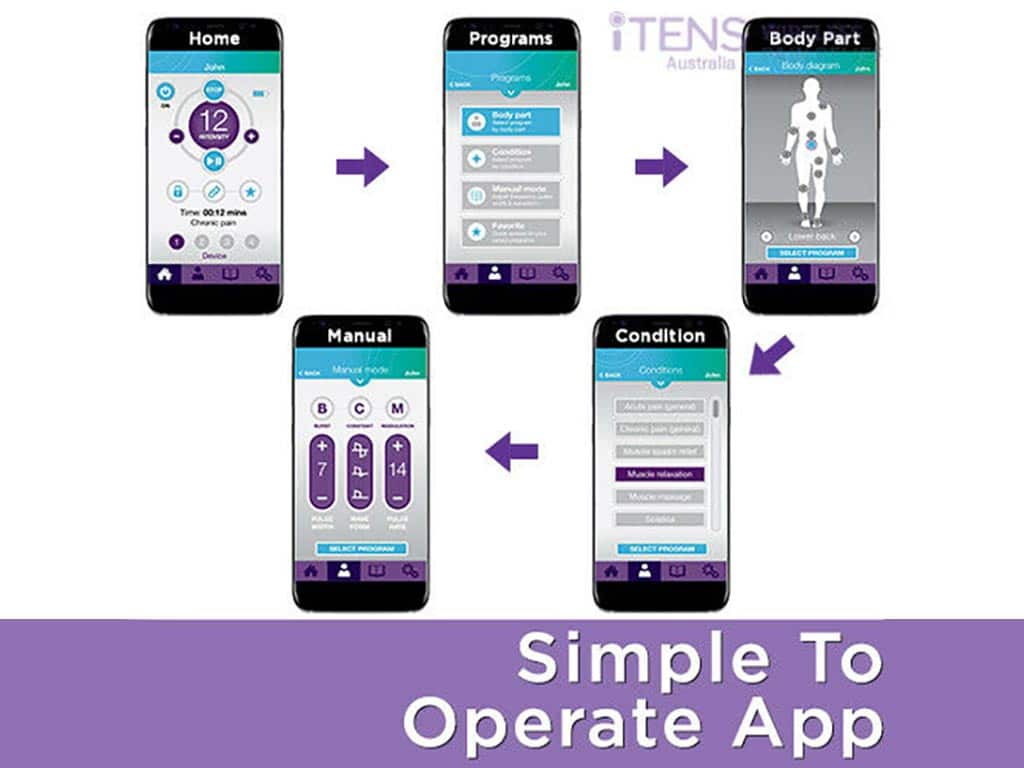
Understanding the Settings of a TENS Machine for Labour
A TENS machine for labour involves three main settings: intensity, pulse rates or frequency, and pulse duration. The intensity determines the strength or power of the electrical impulses. It is usually adjustable to different levels, allowing women to increase or decrease the intensity accordingly. TENS devices can have between 10 to 30 intensity levels.
The frequency setting refers to the number of electrical pulses delivered per second. Higher frequencies can stimulate the pain gate mechanism, while lower frequencies help relax tense muscles. Experimenting with different frequencies can help find optimal settings for maximum pain relief. Additionally, the ramp time determines how quickly the machine increases stimulation levels. This may range between one to six seconds.
The pulse duration or width is the length of time between the start and end of each pulse. It is measured in microseconds. Shorter pulses may deliver stronger but brief sensations. On the other hand, a longer pulse duration can provide milder but more sustained relief. It is advisable to keep adjusting the settings to attain the most effective results.
Adjusting the Setting According to Comfort Level
- Start with a low intensity and gradually increase as needed.
- The tingling sensation should be strong but comfortable, often referred to as safe pulses.
- Pay attention to any discomfort and adjust the settings accordingly.
- Experiment with small increments until the effects of the electrical stimulation are pleasing.
- Labouring women may use higher intensity to combat intense contraction. A boost button can provide extra pulse power in an instant without needing to adjust the settings manually.
- Adjusting the frequency or intensity during the treatment can help prevent developing a tolerance to the stimulation.
- Keep track of the settings that provide the best relief for future reference.
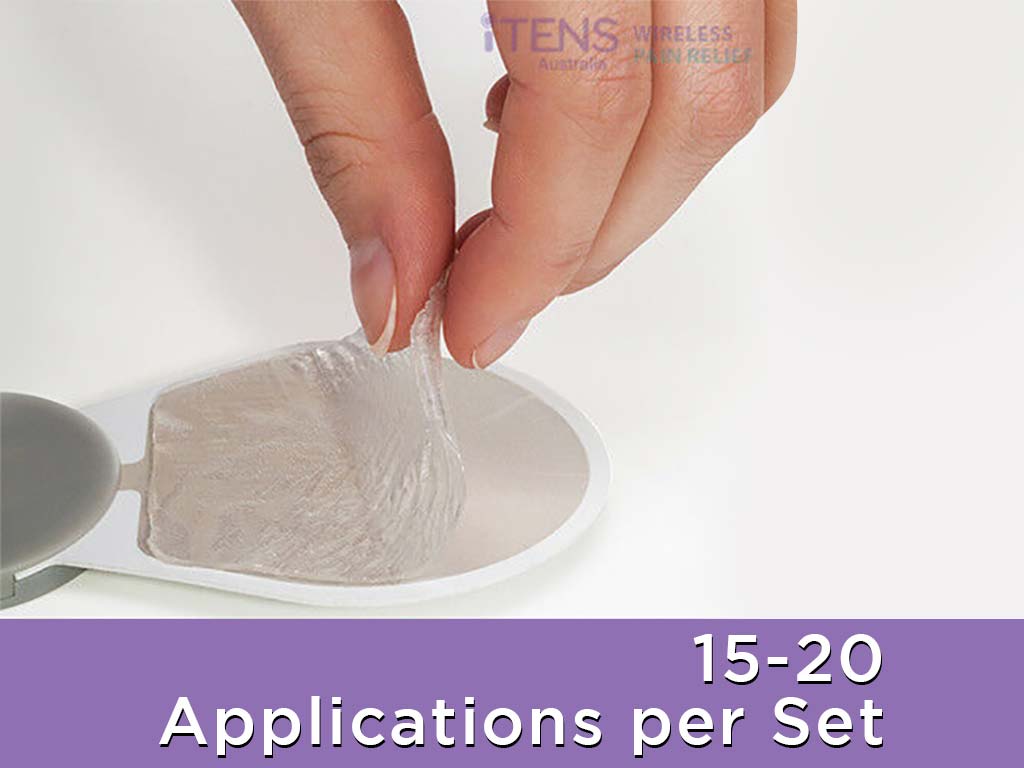
Placing the Electrodes When Using TENS Machines for Labour Pain Relief
When it comes to using the TENS machine for labour, it is vital to know the specific areas that will provide the most effective results. This method enables direct stimulation, providing localised relief. For labour pain management, the ideal pad placement is at the lower back. This helps to relieve back pain, which is a common area of discomfort.
After cleaning the skin, position one set of electrodes below the rib cage and another above the buttocks. The patches should be placed on each side of the spine and at least one inch apart. It is important to avoid placing the electrodes directly on the spine itself. While the lower back is a common area, trying other locations can also help.
Furthermore, health professionals advise to avoid putting the electrode pads directly over the abdomen. Keep the pads off the abdominal area during pregnancy and labour to prevent it from inducing contractions. Lastly, do not place the electrodes on broken skin, open wounds, rashes or skin irritation.
Pad Type and Size Considerations
The type and size of the pads used with a TENS machine can also impact the effectiveness of pain relief. The standard electrodes use fabric, silicone, and gel. Some pads may require a conductive gel, while others are self-adhesive. Moreover, some people may have allergic reactions to certain pads. Hypoallergenic gel pads can help address the issue.
Generally, the size of the TENS pads should match the target area. For labour pain, large pads can provide maximum nerve coverage on the lower back. Conversely, small pads are suitable for specific areas like the joints. Other considerations include the frequency of pad replacement.
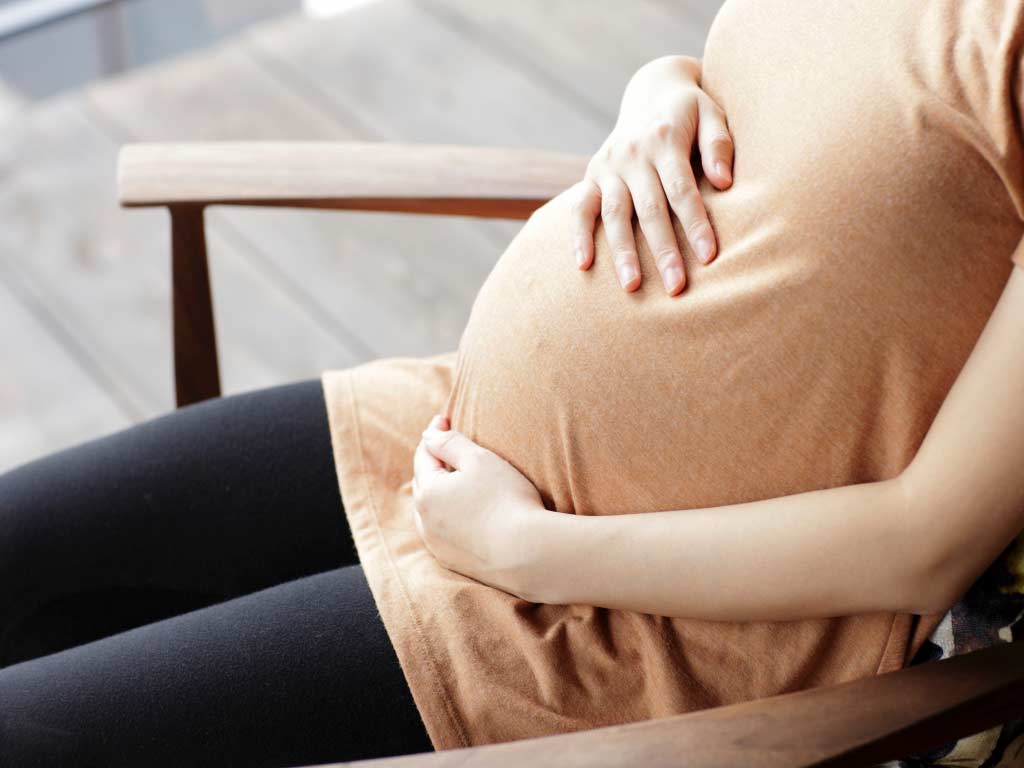
Safety Considerations When Using a TENS Machine for Labour During Pregnancy
Safety is paramount when using a TENS machine for labour. It requires careful use of the device to avoid potential risks. As such, there are some safety precautions that need to be followed. Firstly, consulting with an obstetrician is crucial to ensure that TENS is a suitable treatment for pain during labour or pregnancy. It is normally not advisable for people with pacemakers and cognitive impairment.
Secondly, follow the appropriate settings and pad application. The currents should feel strong but not overpowering. Exceeding the recommended stimulation levels may cause further discomfort, such as dizziness or a burning sensation. Ensure the electrodes are away from the abdomen and uterus to avoid direct stimulation of the uterine muscles.
Thirdly, it is advisable to have professional supervision. A birth partner or healthcare provider can help monitor the response to the treatment. Regularly check the skin for any signs of irritation or allergic reactions. Lastly, do not use the TENS machine while in water or a birth pool, as it can cause electrical shocks and damage to the device.
What Are the Risks and Side Effects?
TENS therapy is generally safe, even for use during labour. However, there are some potential risks or side effects to be aware of. One of the main risks is causing discomfort or pain if the currents are set too strong. Using the TENS machine near a metal implant may interfere with the functioning of the device.
The use of TENS machines can also cause allergic reactions, such as redness or skin irritation. This side effect may occur due to the adhesives of the pads. They are usually mild and temporary. If side effects happen, discontinue use and inform a professional.
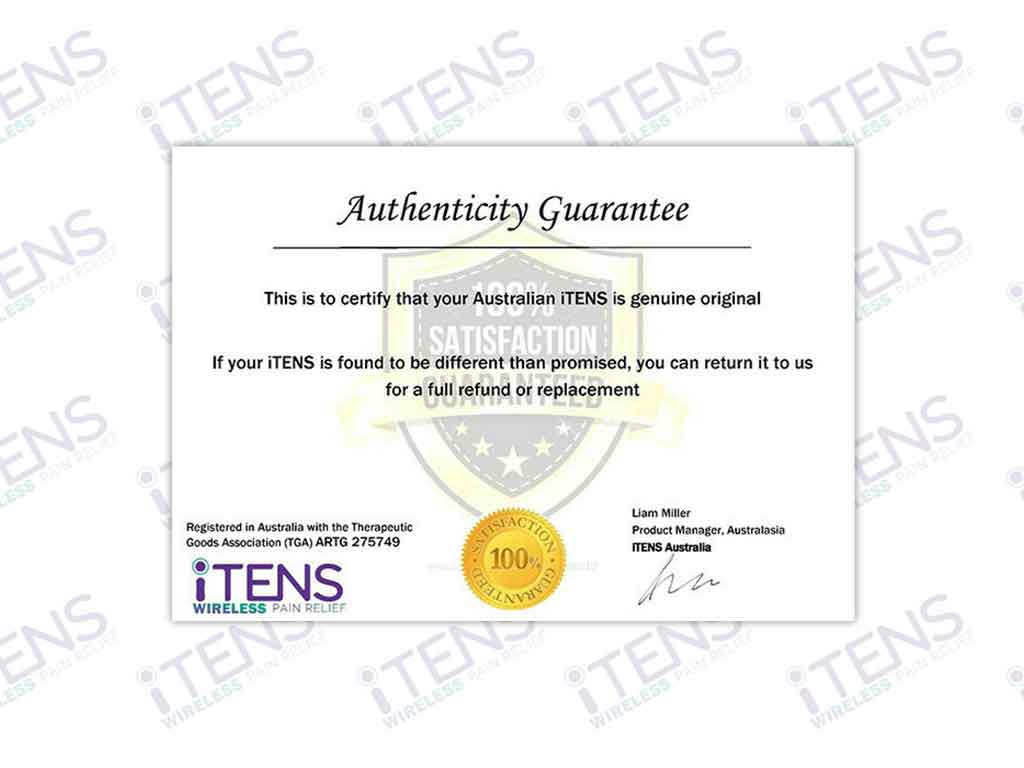
Buying or Hiring a TENS Machine for Labour Pain Relief?
When considering the use of a TENS machine for labour pain relief, one of the key decisions to make is whether to buy or hire the device. Both options have their advantages and considerations, and it is important to evaluate which option suits best. The choice can also depend on the needs and budget of the individual.
Buying a TENS machine offers the advantage of long-term ownership. For those who are planning multiple children, purchasing a personal device could be a wise investment. Individuals can also use it anytime they need to manage any underlying pain conditions. Likewise, individuals can choose specific features and types according to their preferences.
On the other hand, hiring a TENS unit can be a cost-effective option for short-term use. The hire duration typically ranges from four to eight weeks. It is enough to cover the last weeks of pregnancy and the labour period. Furthermore, renting a device is less expensive and requires less maintenance. However, it may incur unexpected costs, such as damage or late return fees.
Why Go Wireless?
- A wireless TENS unit is more compact and lightweight. It is easy and convenient to carry around and use whenever necessary.
- It enables faster pad placement, as there is no need to set up the wires and electrode pads.
- The smartphone app often presents more programs than traditional devices. The pre-set programs may include massage modes, period pain, and various chronic pain conditions.
- A wireless TENS machine usually has a rechargeable battery that can last for several hours. This makes them ideal for extended use, such as the entire duration of labour.
- A wireless unit does not limit the range of motion.
Conclusion
TENS machines for labour pain offer a non-invasive, drug-free option for managing discomfort during childbirth. Pregnant women may use the device to help ease intense contractions without relying on drugs. Moreover, they provide women with control over their pain relief. The device is easy to operate and can be used in conjunction with other methods. It works by sending mild electrical pulses through the skin to block pain signals and release endorphins.
TENS devices have adjustable frequency and intensity levels to cater to various treatment needs. Thus, it is essential to understand the settings and features of the device. Appropriate electrical stimulation and proper pad placement are key for effective use. Furthermore, following the safety precautions is vital to prevent any risks or side effects. It is crucial to avoid using the device over the abdomen and other sensitive areas. TENS machines are available for hire or purchase.








